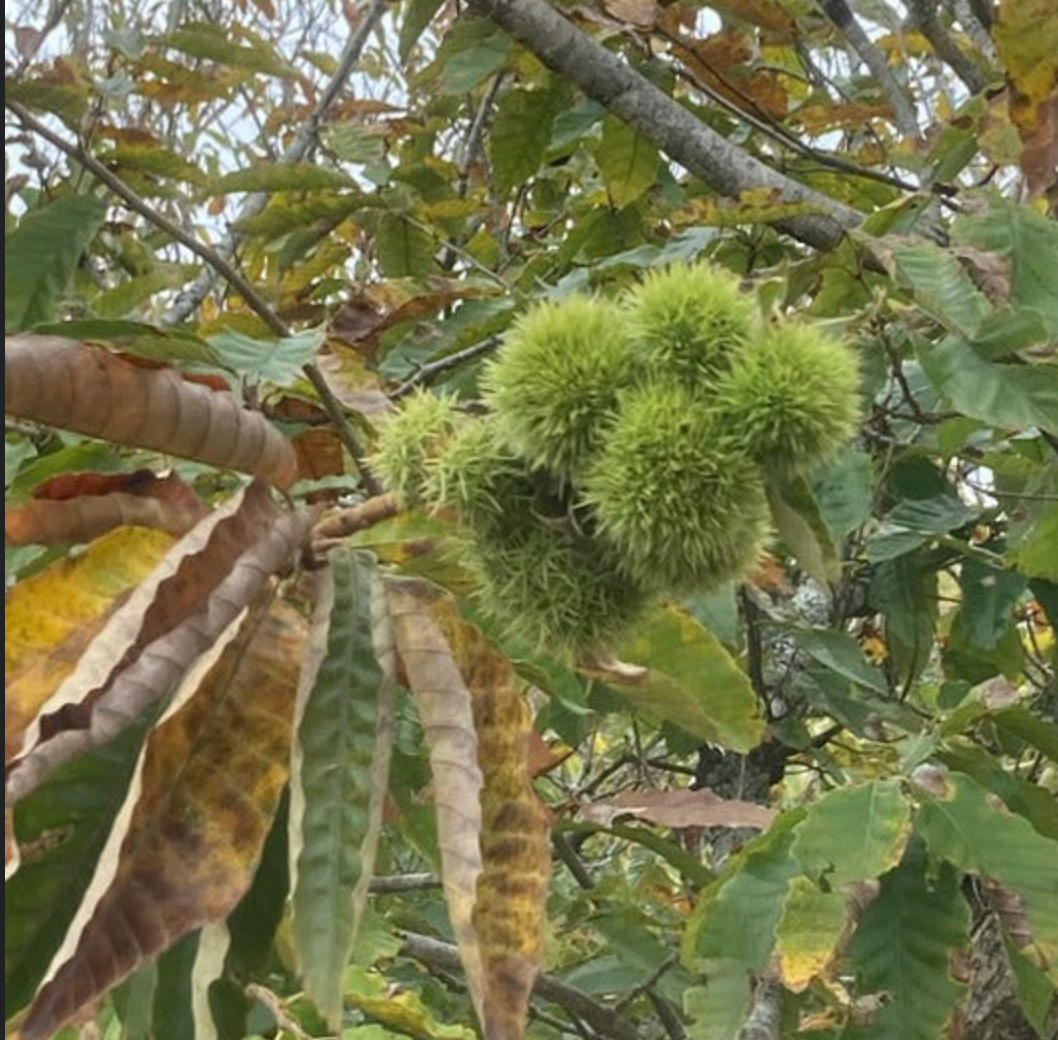
Maintaining a diverse and thriving ecosystem on your property is a wonderful way to connect with nature and support local wildlife. A simple and effective method to achieve this is by introducing chestnut trees into your hunting property and food plots.
These majestic trees not only add richness and diversity to your surroundings but also play a significant role in attracting a more substantial deer population. Additionally, chestnuts possess an impressive nutritional profile, making them a healthier alternative to acorns. In this blog, we will explore the compelling reasons why you might consider embracing Chestnut Trees for your property. Compared to hunting food plots these trees are a one time planting and will produce food every year!
By Introducing chestnut trees from Morse Nursery into your land will breathe new life into your natural environment. As these deciduous broadleaf trees flourish, they introduce a refreshing and unique element to your surroundings, distinguishing your property from the more typical forested areas predominantly populated by oaks and pines. One of the fascinating advantages of Morse Nursery Chestnut Trees is their ability to attract wildlife, particularly deer. Deer find the chestnuts highly palatable, as they offer a rich and reliable food source during the nut-bearing season.
With that being said not all Chestnuts are created equal. Morse Nursery has multiple American Hybrid Chestnuts with varying months of dropping times that are selected from genetic parents that have shown there’s different dropping times over 20 + years. Now with Morse Nursery you can have chestnuts falling on your property from August - December!
Chestnuts are also a nutritional powerhouse and are a great food source for wildlife and humans alike. Compared to acorns, chestnuts are notably low in fat and abundant in essential nutrients, making them a healthier and more nourishing option.
Taste of Chestnuts vs Acorns:
Chestnuts: Since they are a soft mast nut they are softer for the wildlife to consume, and they are sweeter in taste.
Acorns: In comparison, acorns have tanin which causes for a more bitter taste. White oaks are more desirable than the reds in taste but are not as sweet as a chestnut. They are also harder on the animal jaw when chewing.
Carbohydrate Content Chestnuts vs Acorns:
Chestnuts: Offering around 39 grams of carbohydrates per 100 grams, chestnuts provide a quick and vital energy source, benefiting deer during the energy-demanding rutting season and throughout the winter.
Acorns: While acorns also contain carbohydrates, they typically have a lower concentration compared to chestnuts, providing approximately 18 grams per 100 grams.
The remarkable nutritional profile of Chestnuts plays a pivotal role in improving the overall health and growth of deer. They not only provide a great food source, but more importantly they make your property stick out!
By incorporating Morse Nursery Chestnut Trees into your property, you can foster a thriving ecosystem that attracts diverse wildlife, including larger and healthier deer. Not only are they better than acorns, but they also provide more nutrition and diversity than a normal deer food plot. By adding some late season chestnuts to your food plot you will be one step closer on your pursuit to provide the best possible habitat on your property.

At Morse Nursery, we take pride in offering only the highest quality shrubs that are suitable for creating rich deer habitats. Our team of experts is well-versed in the specific needs of whitetail deer and can guide you in selecting the right shrub species based on your location, soil type, and climate. With decades of experience, we're dedicated to helping you achieve your wildlife habitat goals.


